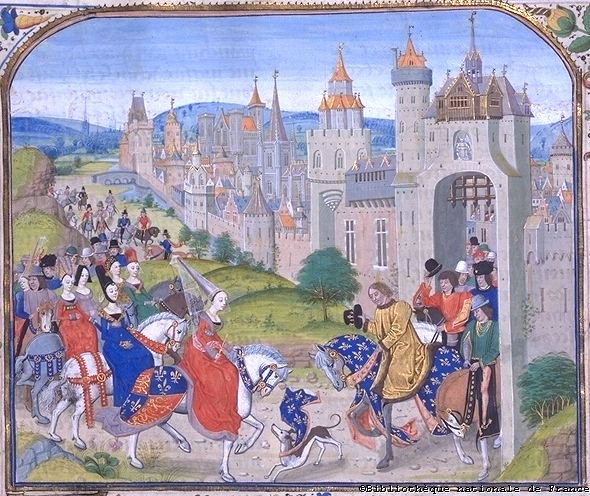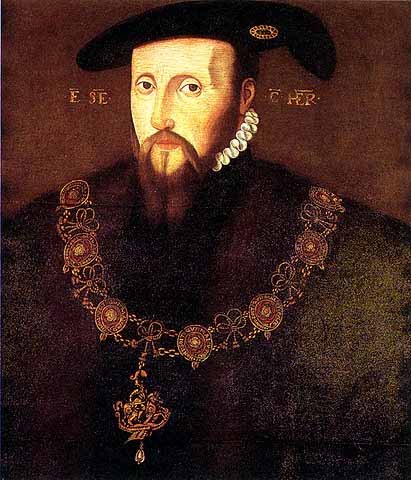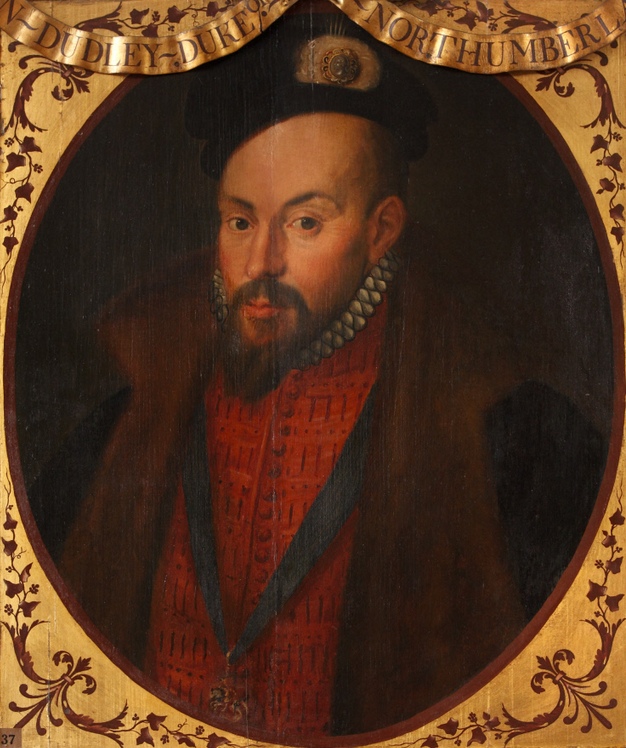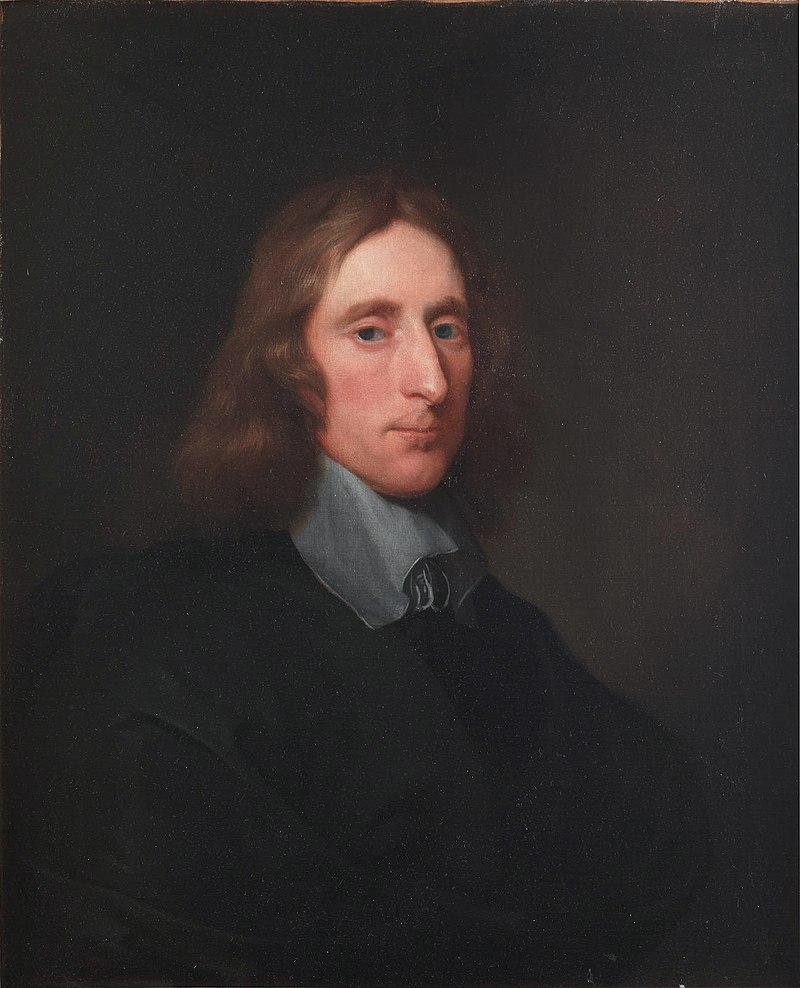
Sometimes we overlook the figures operating behind the scenes – those who made key decisions and were involved in some of the more questionable episodes in English history. Here are a few notorious individuals who left their mark for all the wrong reasons.
Queen Isabella of France and Roger Mortimer
At the forefront is Queen Isabella of France and her ally Roger Mortimer. Often dubbed the She-Wolf of France, Isabella teamed up with Mortimer in a long-running campaign to depose her husband, King Edward II. In 1327, the pair finally succeeded in removing Edward from the throne. In his place, they set up Isabella and Edward’s son who became King Edward III. Yet their rule was hardly an improvement; arguably, their most damaging act was recognising Robert the Bruce as King of Scotland – a move driven more by Isabella’s focus on reclaiming French territories than preserving English dominion over Scotland.

(Public Domain, Wiki Commons)
At that time, Edward III was still a minor and powerless. And soon, rumours began to swirl that Isbaella and Mortimer had had Edward II murdered. But in 1330, upon reaching adulthood, he took decisive action. He had Mortimer arrested, tried for treason in Parliament, and executed by hanging, drawing, and quartering – despite Isabella’s protests. Isabella herself was spared execution but was compelled to retire from public life, remaining in seclusion until her death in 1358.
Edward Seymour, Duke of Somerset
Next is Edward Seymour, Duke of Somerset, whose ambition led him to overstep – and ultimately lose – his power. After King Henry VIII’s death, a council was appointed to govern on behalf of the young King Edward VI. Seymour, then Earl of Hertford, sat on this council and quickly asserted dominance by styling himself Duke of Somerset and naming himself Lord Protector. He had a winning card in his hand for he was the uncle of the new king, Edward VI.

Somerset ruled with an iron fist, ordering the council around and excluding the young king from court affairs. He faced further complications involving his brother, Thomas Seymour, who married Henry VIII’s widow Katherine Parr and alarmingly pursued Princess Elizabeth, whom he was supposed to protect. Thomas’s inappropriate intentions to marry Elizabeth were met with outrage, leading to his arrest and execution after being convicted by an act of attainder in 1549.
Somerset’s own downfall came amid rebellion and political turmoil. Attempts to seek the King’s protection failed, and he was ultimately arrested and removed from the council.
John Dudley, Duke of Northumberland
John Dudley, initially Earl of Warwick and later Duke of Northumberland, replaced Somerset. Though initially reinstated to the council, he eventually faced arrest for attempting a coup to overthrow his predecessor. Dudley had Somerset executed in 1552.

Northumberland took over the regency council ruling on behalf of Edward VI in 1551. Unlike Somerset’s autocracy, Northumberland was a pragmatic leader who sought compromise and involved Edward VI in governance to prepare him for rulership. However, Edward’s premature death in 1553 disrupted those plans.
Knowing his Catholic half-sister Mary was the heir presumptive, Edward, with Northumberland’s backing, altered his will to name Lady Jane Grey – his cousin and Northumberland’s daughter-in-law – as successor, thereby excluding Mary and Elizabeth from the line of succession. After Edward’s death on 6 July 1553, Northumberland tried to secure backing for Jane’s claim, but Mary swiftly rallied her supporters, marched to London, and had Northumberland, Jane, and her husband Guilford arrested and charged with treason.
Northumberland was executed in August 1553. Jane and Guilford were initially spared but were executed the following year after a failed attempt to restore Jane to the throne.
Richard Cromwell
The final figure is Richard Cromwell, son of Oliver Cromwell and the second Lord Protector of the Commonwealth of England, Scotland, and Ireland. Oliver Cromwell, once an MP, played a key role in the English Civil War and the overthrow of the monarchy. After the monarchy’s abolition, Oliver ruled as Lord Protector and arranged for Richard to succeed him.

In 1658, upon Oliver’s death, Richard took control despite lacking his father’s military experience. The army wielded significant power under the Protectorate and was uneasy with Richard’s leadership. Various factions emerged, which Richard failed to manage effectively.
By 1659, facing pressure from Parliament and the army, Richard resigned. Parliament reinstated the Commonwealth, aiming to restore the monarchy under King Charles II – a goal achieved in 1660. Richard lived much of his later life in exile before returning to England, where he died in 1712.

